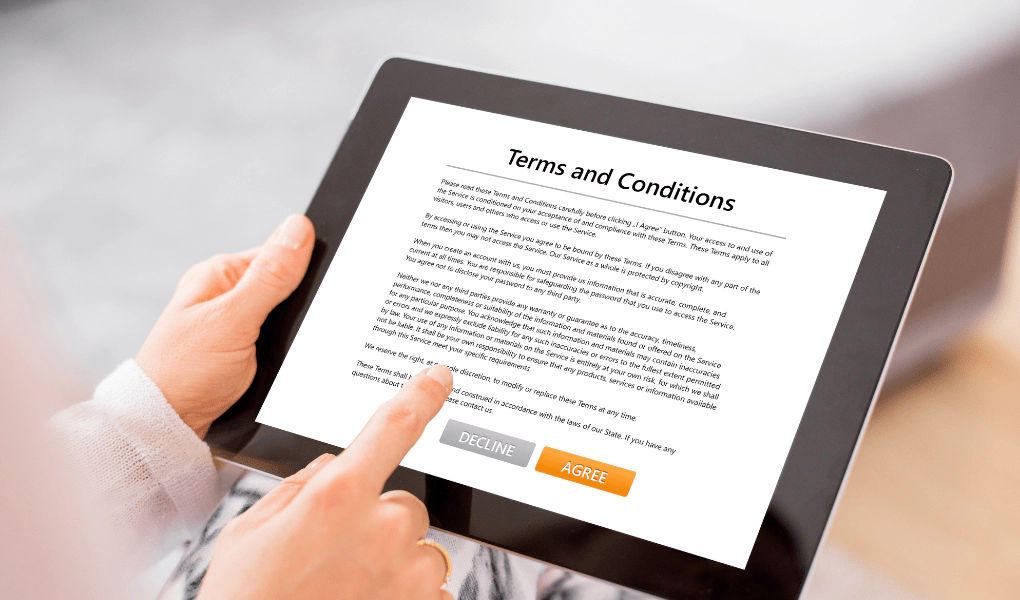
Operating a travel booking platform: simple intermediary or travel agency?
You own or develop an online platform for travel services that can be booked by tourists, and you have at least once …
We use cookies to help you navigate efficiently and perform certain functions. You will find detailed information about all cookies under each consent category below.
The cookies that are categorized as "Necessary" are stored on your browser as they are essential for enabling the basic functionalities of the site. ...
Necessary cookies are required to enable the basic features of this site, such as providing secure log-in or adjusting your consent preferences. These cookies do not store any personally identifiable data.
Functional cookies help perform certain functionalities like sharing the content of the website on social media platforms, collecting feedback, and other third-party features.
Analytical cookies are used to understand how visitors interact with the website. These cookies help provide information on metrics such as the number of visitors, bounce rate, traffic source, etc.
Performance cookies are used to understand and analyze the key performance indexes of the website which helps in delivering a better user experience for the visitors.
Advertisement cookies are used to provide visitors with customized advertisements based on the pages you visited previously and to analyze the effectiveness of the ad campaigns.
Other uncategorized cookies are those that are being analyzed and have not been classified into a category as yet.

If you own a platform as a service (PaaS), an online shop, a mobile app or even a simple showcase website/blog where various articles are posted (we will generally refer to them as “site/mobile app”), you most likely already know that there are certain legal documents that you need to make available to users: the privacy policy, cookie policy and terms and conditions of use of the site/mobile app.
In this article, we will focus on the importance of the terms and conditions and the main aspects that should be regulated through them.
From a legal perspective, the terms and conditions represent the contract between you and the users. In other words, the terms and conditions set out how the site/mobile app works and can be used and inform users about the products, services and other functionalities available on the site/mobile app.
It is therefore essential that this document contains all the information relevant to the relationship between users and you.
The complexity of the terms and conditions depends on the type of activity you intend to carry out through the site/mobile app. For example, the terms and conditions of a showcase site/blog where you only publish certain articles are less complex compared to the terms and conditions of an online shop or a platform (PaaS). In general, the more the site/mobile app allow users to do more types of actions/operations, addresses more categories of users or operates in areas of activity with specific regulations, the more aspects need to be taken into account and the more complex the terms and conditions will be.
The content of the terms and conditions depends on the services, products and functionalities that are available on the site/mobile app and there is no standard model of terms and conditions that can be used for every type of site/mobile app.
The terms and conditions usually include information on the following:
The terms and conditions should be published in a place easily accessible to the user and be available on every page of the site/mobile app - for example, in the footer.
As a general rule, yes. But in practice, it depends on the type of activity you are carrying out via the site/mobile app. For example, in the case of showcase sites/blogs, in practice, the mere use of the site is deemed to be the user’s consent to the terms and conditions.
However, where the activity involves the sale of products, the provision of services or other activities involving the payment of certain sums of money by users, you should obtain the user’s express consent to the terms and conditions.
Express consent is usually obtained via a check-box that the user must tick when creating an account and/or placing an order. You should also keep the tick log along with the accepted version of the terms and conditions to be able to prove the user’s consent.
The terms and conditions are an essential legal document for any site/mobile app, and how they are drafted and enforceable can have a significant impact on the relationship with users.
At the same time, another important aspect in dealing with users is how you process their personal data when they use your site/mobile app. If you want to learn more about how you should inform users about the processing of their data and what your privacy policy should look like, read our article on this topic here .
If you need terms and conditions for your product or a review of them, we’re here to help.

You own or develop an online platform for travel services that can be booked by tourists, and you have at least once …

Developing a software product is a complex process that involves much more than coding and design. It is important not …